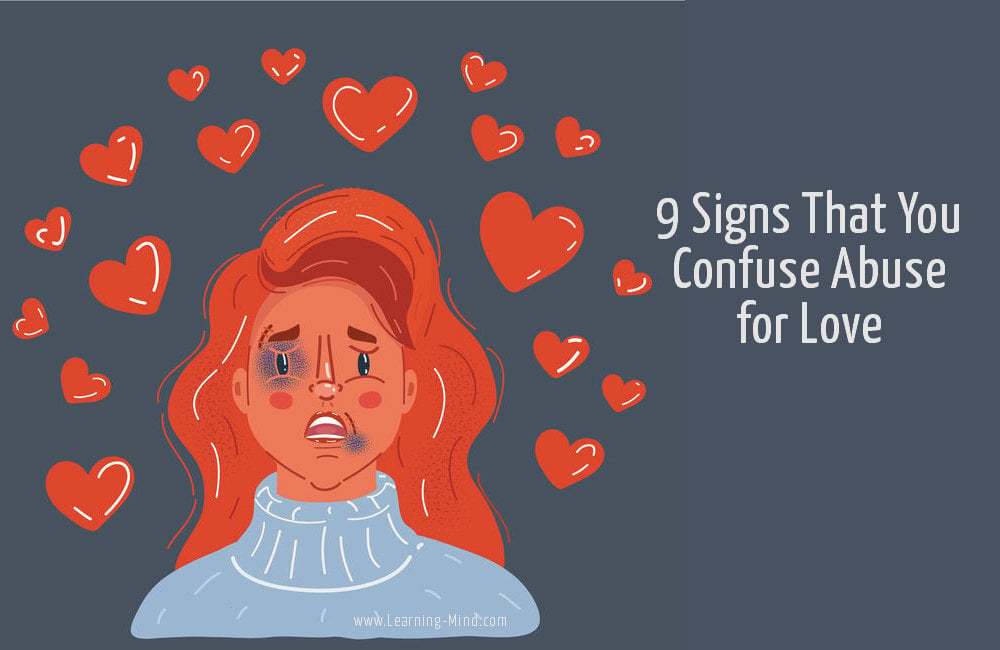
AcceptanceĪcceptance means recognizing that your life did not turn out the way you wanted or the way it should have. Related: Top 45 Breakup Journal Prompts (+Top 20 Breakup Advice To Deal With A Breakup Without Closure) 3.

Try writing a letter that you don’t send to explore and express your anger. You may be onto rules, such as “If you cannot say something nice, don’t say anything at all.” Many people hold onto negative beliefs that prevent them from feeling anger. Anger can help you break through denial and motivate you to say “no more” and start a significant change process.

AngerĪnger, in and of itself is not a negative emotion.
#TRAUMA BONDED HOW TO#
Related: How To Step Out Of Denial? Top 10 Steps To Overcome Denial When The Truth Is Heartbreaking 2.

This can help you see things clearer and find compassion for the character in the story. It’s also helpful to write a narrative of your life story as if it were the story of someone else, using third-person pronouns. Group therapy and support groups can be helpful here. DenialĬoming out denial requires courage and willingness to see the story as others see it. However, these stages may not be linear and you may oscillate between stages. Related: Top 5 Tips On How To Recover From Love Addiction Breaking Trauma Bond: When thinking of trauma, most people think of sexual abuse, war, terrorist events, etc.īut trauma can also be caused by childhood neglect, inconsistent parenting, emotional abuse, divorce, or racism and discrimination.Ĭumulative trauma experiences, such as a consistent pattern of childhood neglect can accumulate over time and create serious lifelong wounds. Related: Codependent Relationship Quiz (+FREE Codependency Worksheets) Do you need to be a trauma survivor to experience trauma bonding? Living with an addict is often traumatizing, which is why many codependents are also trauma-bonded. Some people might categorize a trauma bond as codependency.Ĭodependency can be defined as an obsessive attachment to one or more addicted people. Related: Love Addiction Test (+ Resources For Love Addiction) Trauma Bonds vs. The hostages showed rage and contempt for those who rescued them and refused to testify against their captors and even began raising money for their defense. When the five-and-a-half-day siege ended and the captors were arrested, everyone was astonished to witness the bond created between the hostages and their captors. The captors were threatening to their hostages but there were also moments in which they performed little acts of kindness for the hostages. In 1973, hostages were taken as a way to force authorities to release some prisoners during a bank robbery in Stockholm. Stockholm syndrome is one type of trauma bonding. Related: Top 10 Signs Of Trauma Bonding & How To Heal A Trauma Bond Stockholm Syndrome vs.

You continue covering up and explaining a relationship even though others around you have strong negative reactions to the relationship.Related: 7 Stages Of Trauma Bonding (+FREE Worksheets) Trauma Bonding Test: 10 Signs of Trauma Bonding Such situations can involve exploitation of trust, power, or both. Trauma bonding can happen in different situations: ( *)Īdult survivors of abusive and dysfunctional families are more likely to struggle with trauma bonding. In fact, on average, high-risk victims live with domestic abuse for 2.3 years and medium-risk victims for 3 years before getting help. What’s worse, it’s a guarantee of more pain. This attachment can cause you to distort your own reality and distrust your own judgment. You may even convert them into non-abusers by trying to help them understand what they are doing. Trauma bond is a highly addictive attachment to the people who have hurt you. What Is A Trauma Bond? What Does Trauma Bond Mean? Breaking Trauma Bond:Stages of Recovery From Trauma Bonding.Trauma Bonding Test: 10 Signs of Trauma Bonding.


 0 kommentar(er)
0 kommentar(er)
